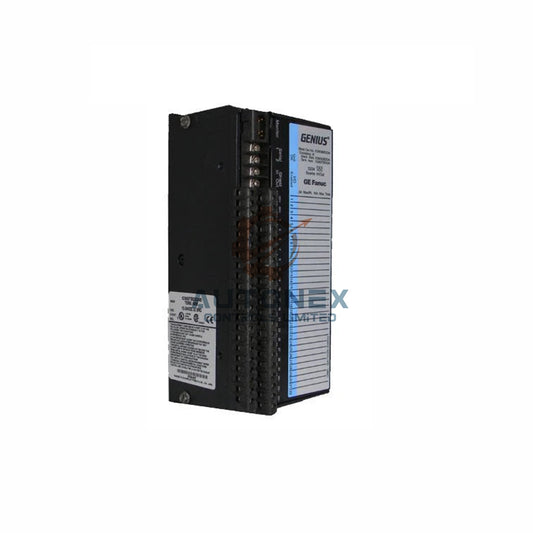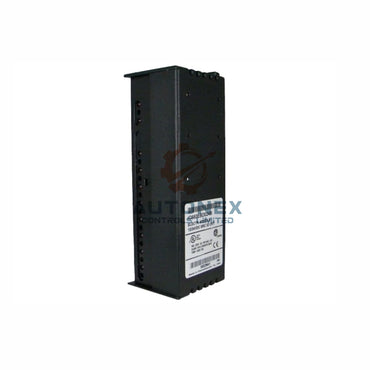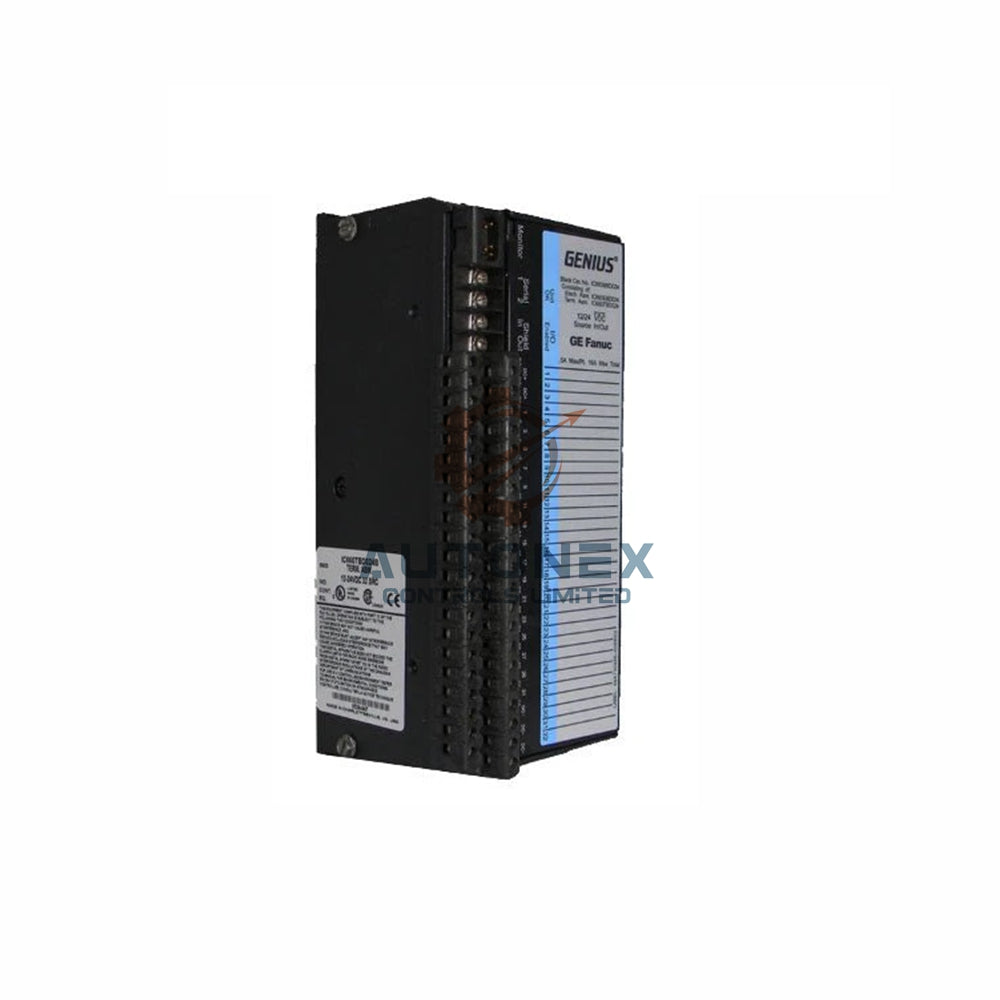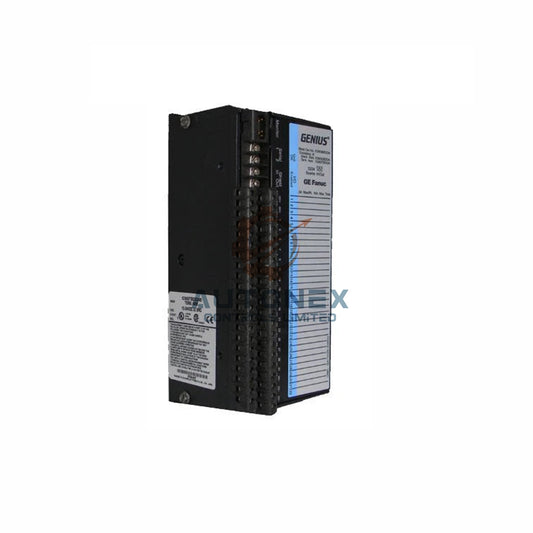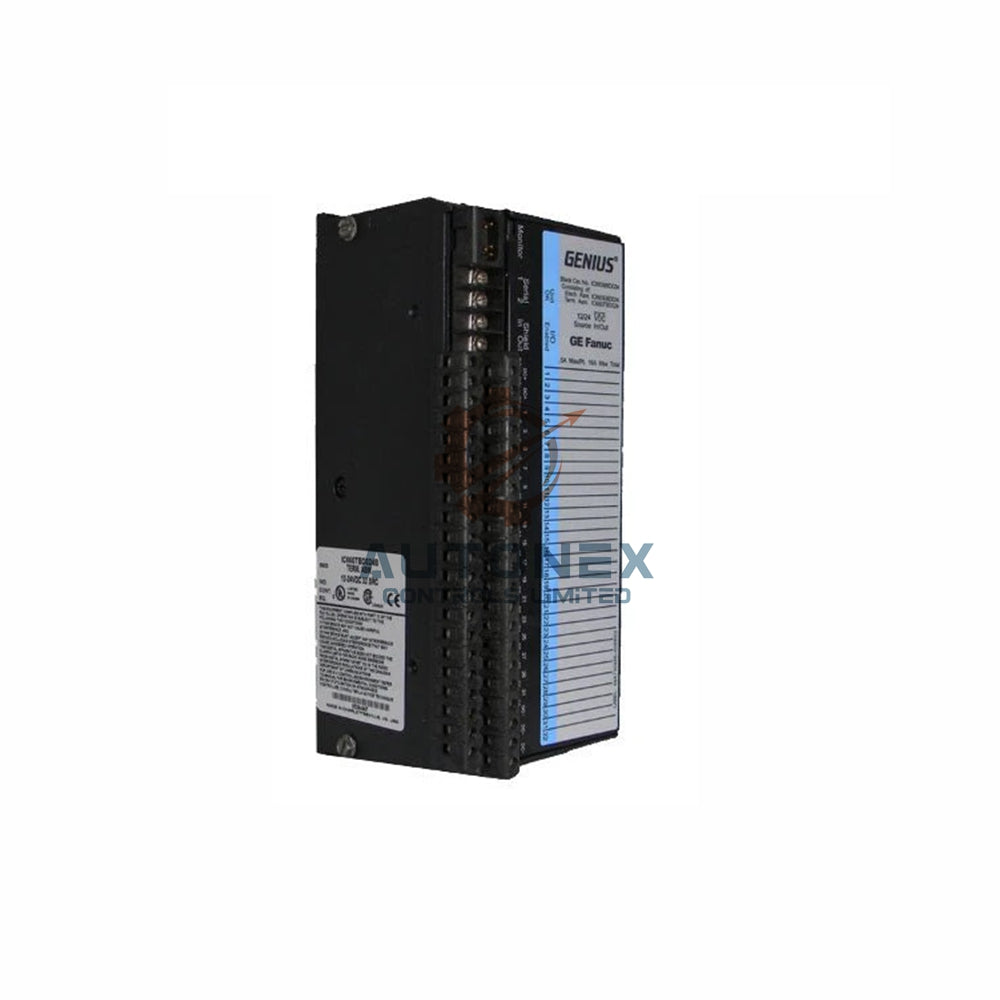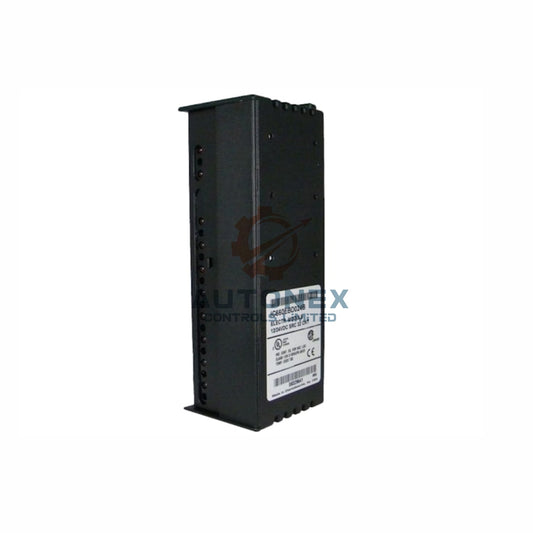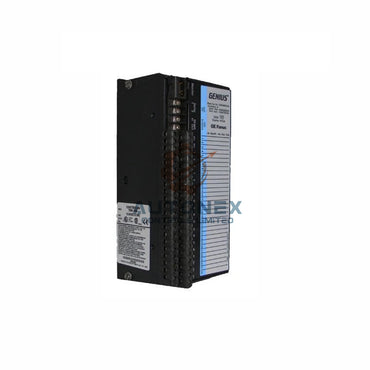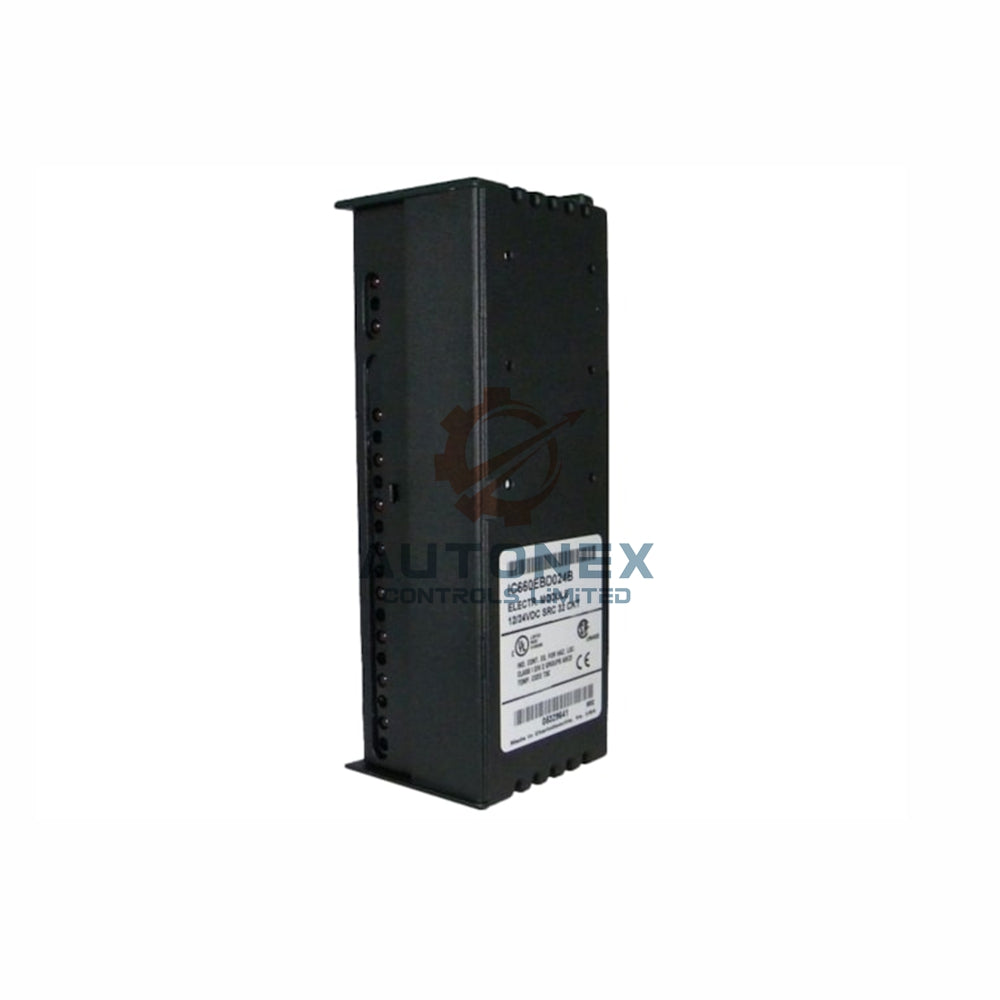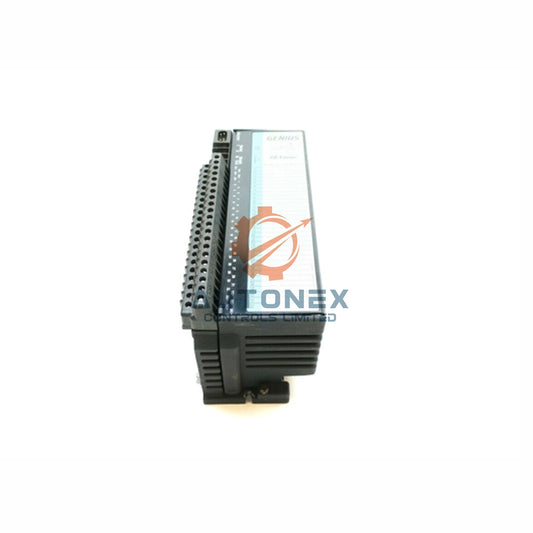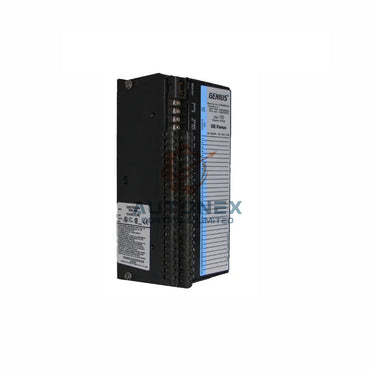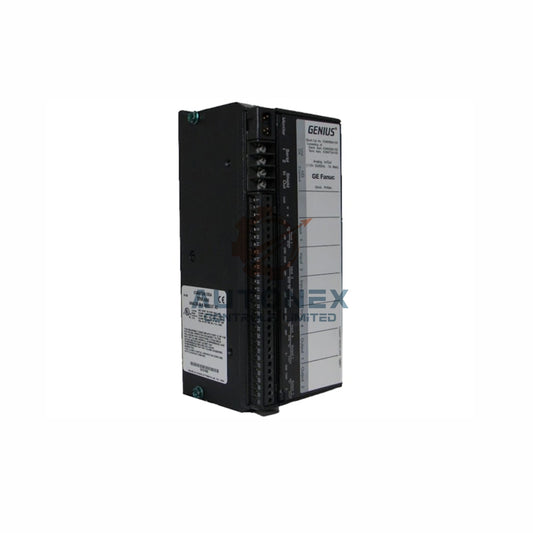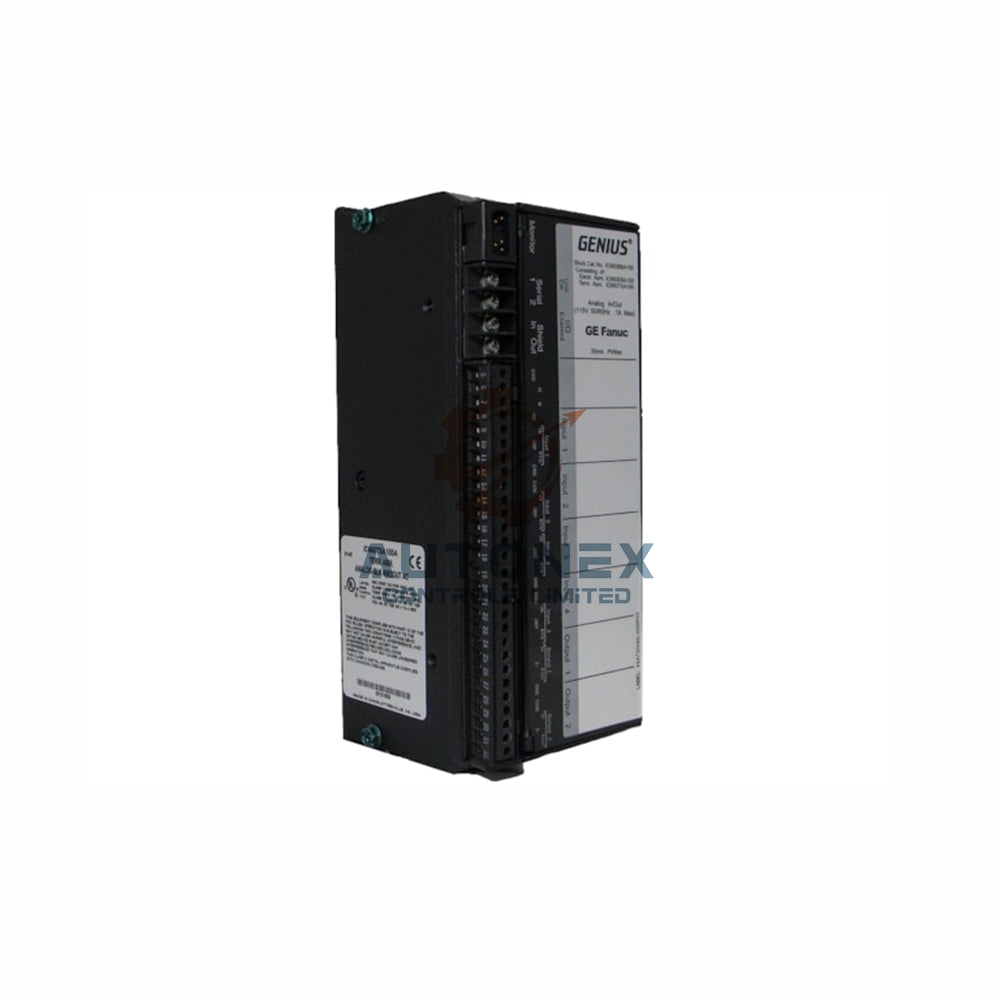Achieving Zero Unplanned Downtime Through Predictive Monitoring Systems
The True Financial Impact of Production Halts
Unplanned equipment failures cost manufacturers an estimated $50 billion annually. These sudden interruptions typically last 4 hours on average. Each hour of downtime can cost over $260,000 for medium-sized facilities. Additionally, 42% of companies report missing crucial delivery deadlines due to unexpected breakdowns.
Transitioning to Proactive Maintenance
Traditional maintenance approaches result in 80% higher operational costs. However, facilities adopting predictive strategies report 45% lower maintenance expenses. These forward-looking programs help identify issues 3-6 weeks before failure. Consequently, companies achieve 95% schedule adherence for maintenance activities.
Advanced Sensor Technology Implementation
Modern predictive systems deploy up to 200 sensors per production line. Vibration sensors detect imbalances as small as 0.01 mm. Temperature monitors identify variations within ±0.5°C accuracy. These systems integrate seamlessly with existing PLC and DCS architectures, processing over 10,000 data points per minute.
Data Analytics and Intelligence Generation
Advanced algorithms analyze equipment performance trends across multiple parameters. Machine learning models achieve 92% accuracy in failure prediction. The systems generate alerts with 98% reliability, reducing false positives by 85% compared to traditional methods.

Staged Implementation Framework
Successful deployments follow a four-phase approach. Phase 1 identifies 15-20 critical assets representing 80% of downtime risk. Phase 2 installs monitoring hardware during planned outages, typically requiring less than 48 hours. Phase 3 integrates data streams with control systems. Phase 4 trains maintenance teams through 40-hour certification programs.
Documented Performance Results
A chemical processing plant reduced unplanned downtime by 73% within 8 months. Their maintenance costs decreased by $1.2 million annually. Another automotive manufacturer achieved 99.2% equipment availability while cutting emergency repairs by 68%.
Technology Evolution and Future Trends
AI-enhanced systems now predict failures 8-12 weeks in advance. Cloud-based platforms reduce implementation costs by 60% compared to traditional solutions. Integration with IIoT networks enables real-time performance optimization across multiple facilities.
Implementation Case Study: Manufacturing Plant
A mid-sized automotive supplier installed predictive monitoring across 35 critical assets. Within 6 months, they achieved:
- 70% reduction in unplanned downtime
- 45% decrease in maintenance costs
- ROI achieved in 10 months
- 95% improvement in maintenance planning accuracy
Expert Implementation Guidelines
Based on 150+ successful deployments, we recommend starting with high-impact equipment. Focus on assets with historical failure rates exceeding 15%. Ensure proper sensor calibration during installation. Most importantly, establish clear escalation protocols for system-generated alerts.
Industry Performance Metrics
Companies implementing predictive monitoring typically achieve:
- 60-80% reduction in unplanned downtime
- 35-45% decrease in maintenance costs
- 12-18 month ROI timeframe
- 25% extension in equipment lifespan
- 90% improvement in maintenance efficiency

Frequently Asked Questions
What distinguishes predictive from preventive maintenance?
Predictive maintenance utilizes real-time equipment performance data. Preventive maintenance follows predetermined schedules. This data-driven approach eliminates 30% of unnecessary maintenance activities while improving equipment reliability.
How quickly can organizations expect financial returns?
Most facilities achieve full ROI within 12-18 months. Implementation scale and equipment criticality affect exact timelines. However, 75% of organizations report significant savings within the first operational year.
Does implementation require control system replacement?
Modern solutions enhance existing automation infrastructure. They integrate with current PLC and DCS systems through standard communication protocols. This preserves 100% of previous control system investments.
What technical training do maintenance teams require?
Teams need fundamental understanding of control systems operation. Intuitive interfaces reduce training requirements to 20-30 hours. Most technicians achieve full proficiency within 3-4 weeks of hands-on experience.
Can smaller manufacturing facilities benefit?
Absolutely. Recent technology advancements have reduced implementation costs by 40%. Scalable solutions now accommodate operations of all sizes. Even facilities with 10-20 critical assets achieve substantial returns.


